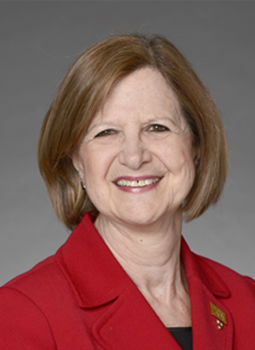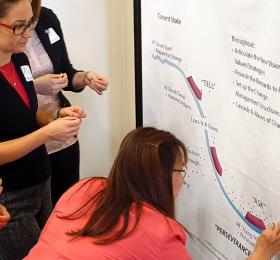Ontario is now in the throes of a fourth wave of COVID-19, driven by an aggressive Delta variant with unvaccinated or partially vaccinated persons, often younger, being hospitalized and admitted to ICUs.
Dr. Doris Grinspun
As I write this column, I think about how much nurses and other health-care workers have given to our province. I think about how many hours we all owed back, at some point, to our families. And I think about the lives lost, including those of our own loved ones.
During a Nov. 13 virtual media conference, RNAO called on Premier Doug Ford to immediately impose a 28-day lockdown in all COVID-19 red zones. The government heard our call and announced a lockdown starting Nov. 23.
It was March 11 and RNAO was among a group of stakeholders at a face-to-face consultation organized by ministry of long-term care (LTC) staff to discuss recommendation #85 of the Long-Term Care Homes Public Inquiry.
Seventeen years ago, Ontario nurses were rattled by the arrival of Severe Acute Respiratory Syndrome (SARS), and the blatant dismissal of our expertise and insight during a scary time for Ontarians.
In my last column, I shared news about how RNAO continues to influence health system transformation by supporting Best Practice Spotlight Organizations (BPSO) applying to join Ontario Health Teams (OHT).
Thank you to the many members who responded to my last column on Ontario’s health system restructuring, and the creation of Ontario Health Teams (OHT).
On Feb. 26, Ontario Health Minister Christine Elliott announced her plan for health system transformation. It includes the creation of Ontario Health (OH) with five regional offices, the formation of local Ontario Health Teams (OHT), and the consolidation of 35 public health units into 10 regional public health entities.
Earlier this year, i was interviewed by Cathy Alex, a CBC reporter from Thunder Bay who was writing about the outcome of the inquest into the tragic death of Brad Chapman. The 43-year-old father of three died from an overdose in the summer of 2015.


